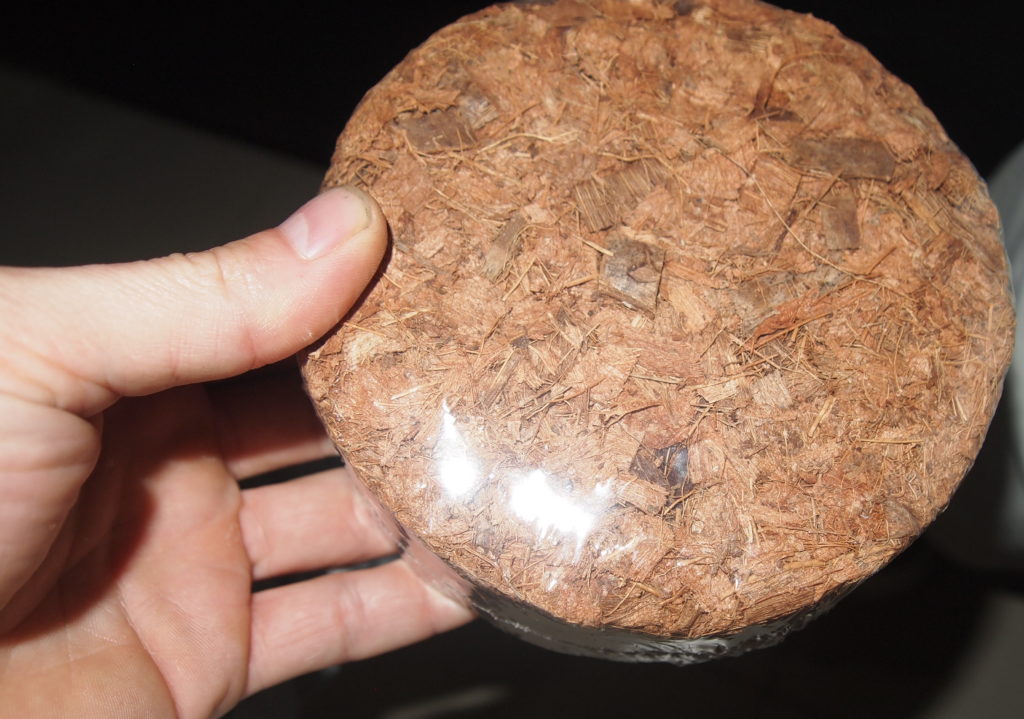
Coconut coir is earning a place in many gardeners’ hearts. It has a wide variety of benefits and can be used in many ways. This versatile, all-natural material can even be used in your garden as a mulch.
The Benefits of Mulch
Mulching your garden is beneficial for several reasons. By mulching your garden beds, you provide them with nutrients that help only the plants you want growing there. Mulch acts as a natural weed barrier. While it won’t keep weeds away permanently, with it you won’t have to pull weeds as frequently. Mulch also helps keep pests away from your plants. Common garden pests such as slugs aren’t going to be able to get to your plants because of the surrounding mulch.
Mulch is also a great way to get more out of your regular watering routine. It helps keep the moisture in your soil, as it creates a barrier that retains the water rather than allowing it to evaporate quickly. This effect can often lead to water savings and lower water bills.
Why Use Coconut Coir Mulch?
Coconut coir is a valuable mulch material. Many gardeners are familiar with using coconut coir for growing seedlings or in hanging baskets, but it’s gaining popularity as a mulch, as well. While many people think of coconuts for their milk and meat, this renewable resource comes from the fibers in the nut’s husk.
Because coconut coir retains moisture easily and naturally, it’s very well-suited for use as a mulch. It will absorb water and release it into your garden to help keep your plants hydrated. Plus, as it slowly breaks down, it adds nutrients back into your soil as compost. This makes it more eco-friendly and advantageous than mulches that contain harmful plastics and chemicals.
Tips for Using Coconut Coir Mulch
These tips for using coconut coir mulch will help you get the most out of it when gardening.
- Take time to soak the coir bricks before applying them to your garden beds. Coir will expand once the water has soaked into it, and this will make it easier to spread out where you want it. You should give the bricks about 15 minutes or more of soaking. Make sure you soak the coir in a container that’s large enough to accommodate it as it expands.
- You’ll want to put down about 2 to 3 inches of coconut coir mulch in the same manner as you would any other mulch.
- If you have a weed problem, either use a thicker layer of coconut coir mulch or add a weed cloth barrier beneath the mulch to prevent weeds from growing.
- At the end or beginning of the growing season, you can plow the old mulch into the garden to allow its nutrients back into the soil.
Coconut coir mulch is an all-natural material you should consider adding to your gardening routine. It’s affordable, eco-friendly, and offers a variety of benefits that go beyond what your old mulch can do for your garden.

Leave a Reply
You must be logged in to post a comment.